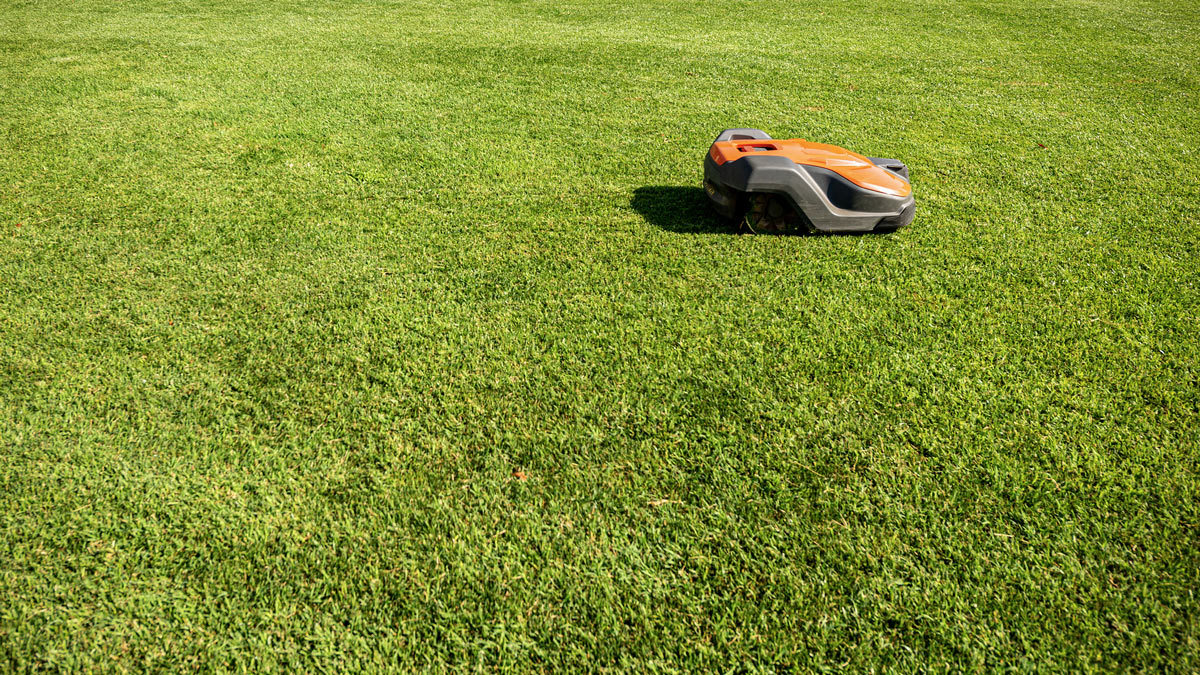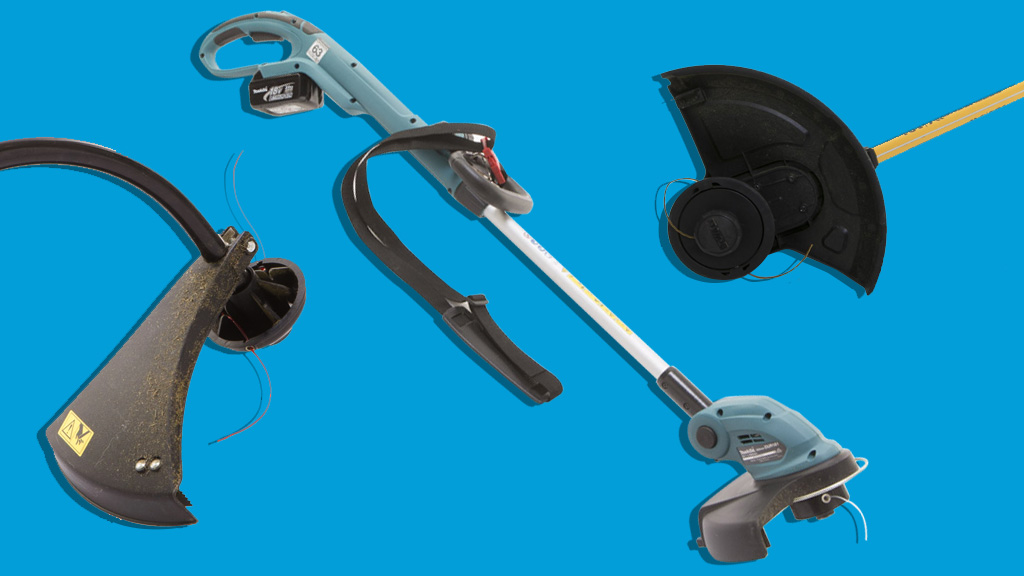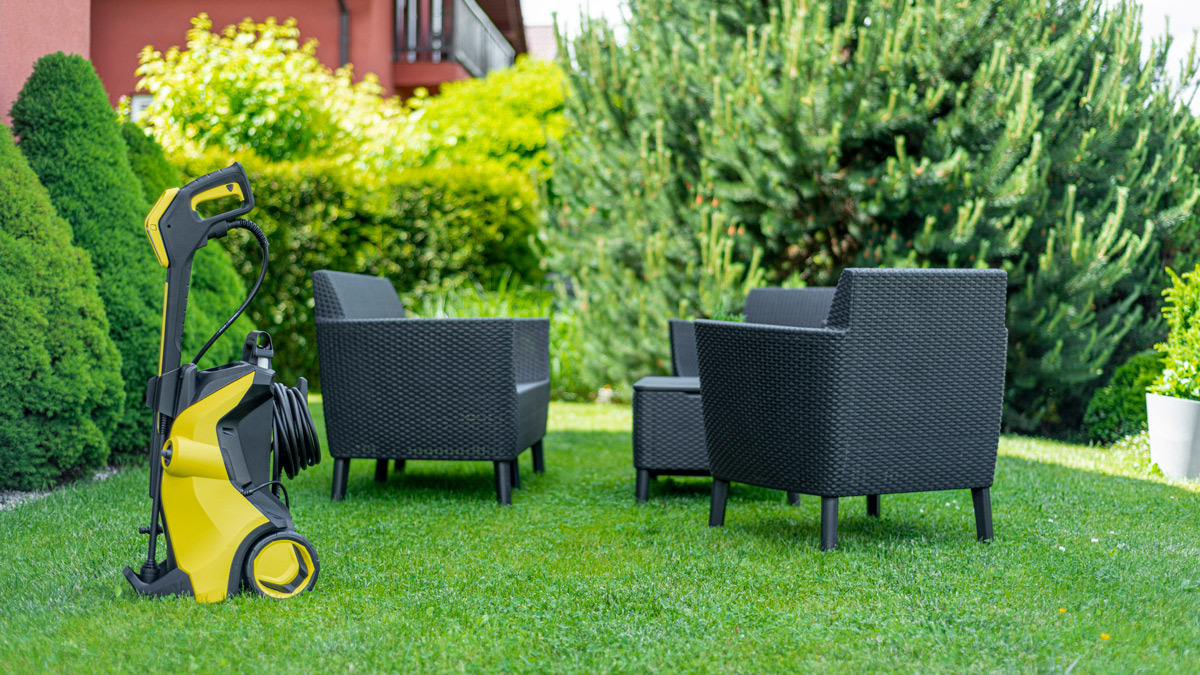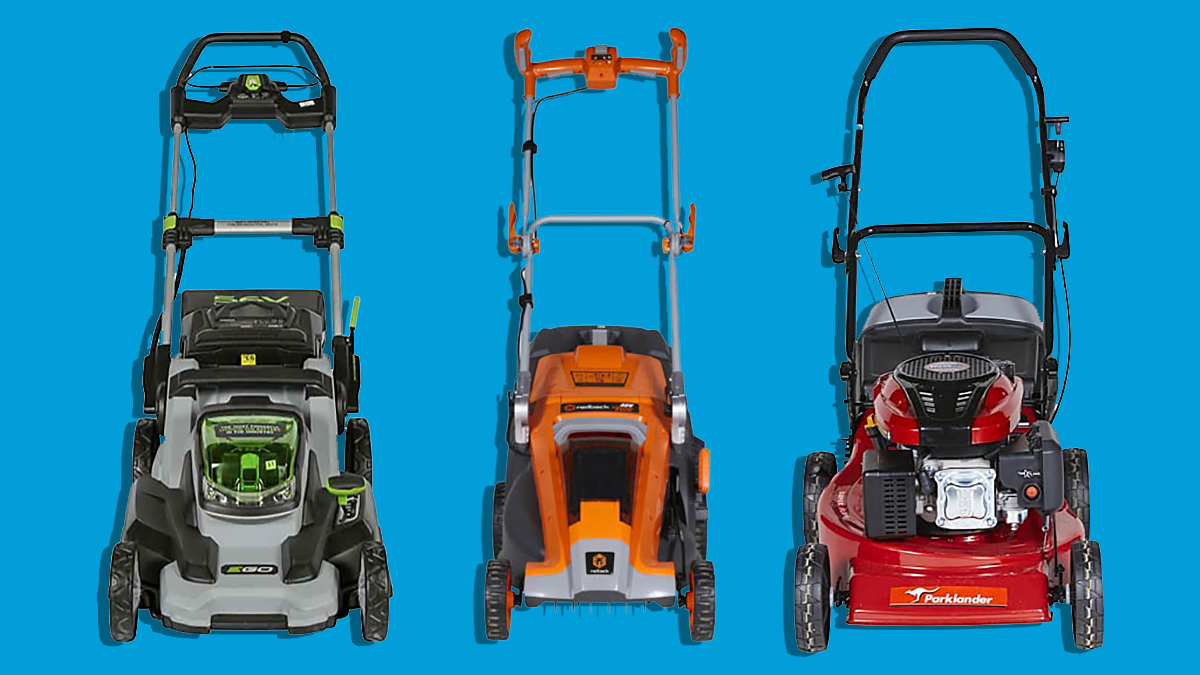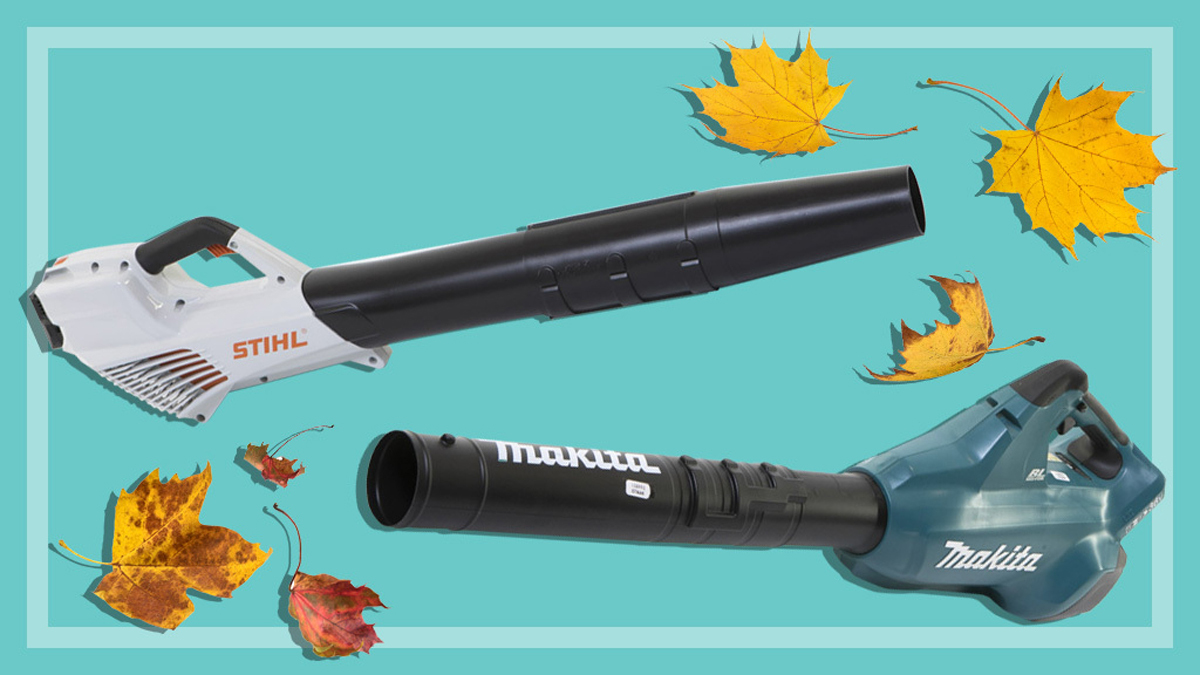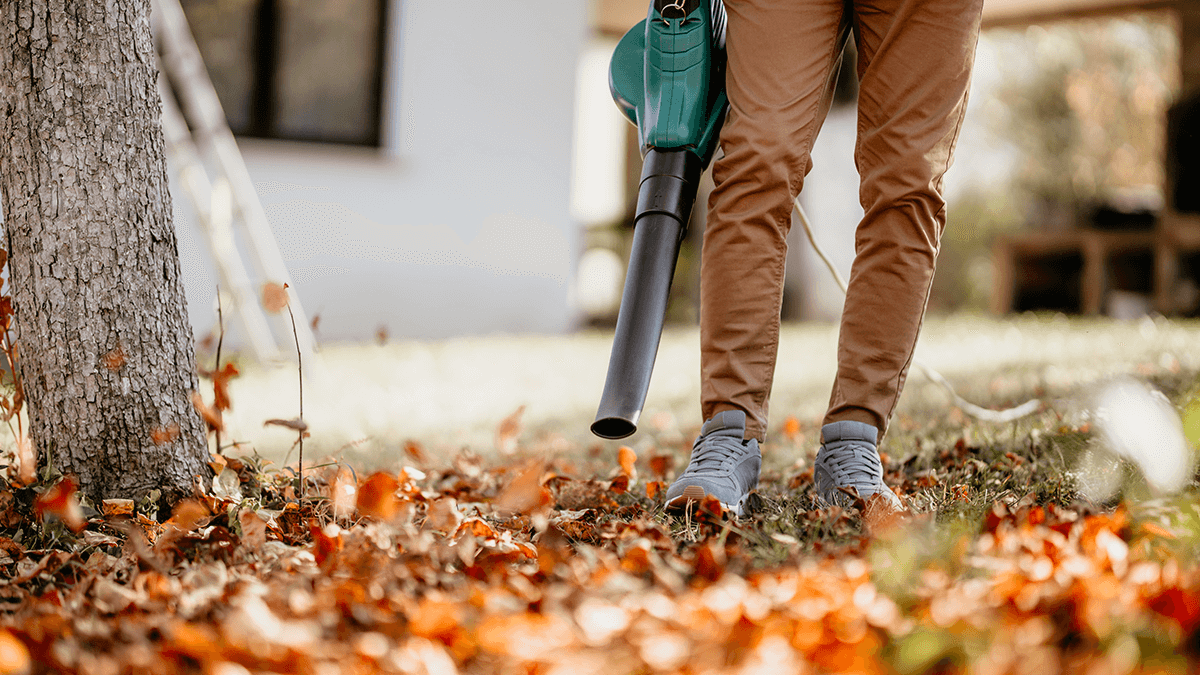Get our independent lab tests, expert reviews and honest advice.
How to buy a great robot lawnmower

For those of us who find mowing a chore each season, a robot lawnmower promises to theoretically end that task and give you back hours of free time. However, there’s a fair bit of set-up to get this robot up to speed
On this page:
- What are robot lawnmowers?
- Getting started
- How loud is a robot lawnmower?
- What to look for in a robot lawnmower?
- Are robot lawnmowers safe?
- How much do robot lawnmowers cost?
- Are robot lawnmowers more sustainable than petrol lawnmowers?
Don’t believe the hype without doing a bit of research. After all, these can be more expensive than even the most expensive conventional push lawnmower.
What are robot lawnmowers?
Much smaller than a conventional lawnmower, the robot mower is a reasonably automated lawnmower that is battery operated. There’s no catcher, as a robot mower cuts the lawn fine enough to leave the grass on the lawn.
They’re expensive compared to most conventional lawnmowers – some can equal the cost of a ride-on mower. They’re suitable for lawns up to 5000 square metres (sqm), but all require a little bit of set-up to get to their reasonably autonomous state.
Getting started
Most robot mowers will come with the main cutting unit, a charging dock and a guard wire. The guard wire is used to set the perimeter of the area it will be mowing. In order to get your mower up and running, there are a few steps you’ll need to take.
Install the guard wire
Most robot lawnmowers will come with a guard wire, which is used to set the perimeter of the area it will be mowing. This allows your mower to detect the edges of your lawn. You’ll need to set up the guard wire using the supplied pegs, although some manufacturers will allow you to hide the wire under the soil (some manufacturers can even do this for you). Either way, the wire is not too noticeable, so shouldn’t be an eyesore once it’s installed.
The guard wire connects to the charging unit, so it can guide itself back to the charging unit. This means you’ll have to place the charging dock close to an electrical outlet.
Set up the app
Once the guard wire is installed, many robot lawnmowers can be set up through an app on your phone, or on the mower itself. You’ll need to set up a schedule for the robot mower so it knows when to start cutting.
Prepare your yard
Remove any moveable obstacles, such as toys dropped by children or pets. If you’re starting off with long, overgrown grass, you might need to use a normal lawnmower to get the grass down to a shorter length before you start on your robot lawnmower journey. Robot lawnmowers only have so much oomph, so there are limits to the length of the grass they can cut.
Monitor the first mow
You’ll need to monitor the mower’s progress to make sure it isn’t getting stuck anywhere, and check that it reaches all parts of your lawn. From that point on, it should be fairly autonomous – at least until you need to replace the batteries or have the blades sharpened or replaced.
How loud is a robot lawnmower?
Unless you’re very close to the robot lawnmower, you’re unlikely to be annoyed by the noise. They tend to reach around 60dB which is the equivalent of a conversation – there are some which can reach 70dB (a loud conversation) which is reflected in the scores of our robot lawnmowers test.
However, these sounds are when you’re very close to the mower – equivalent to a battery mower. A standard petrol mower is much noisier and can reach up to 80dB, which is the point where hearing protection is recommended.
You’re unlikely to be so close to a robot lawnmower as it goes about its business so it’ll come across as very quiet most of the time.

What to look for in a robot lawnmower?
Smartphone app
In most cases it will be easier to control the mower via an app (if it has one) than fiddling with onboard controls. But it really depends on how autonomous the robot mower is.
Some apps will let you set up a map of your garden so the mower knows where to go rather than moving in a random fashion. Some can also let you see whether the robot mower is currently in action.
In previous testing we’ve found that some apps will only work with either Apple or Android phones, but not both. All the apps for the models in our review work with both phone types, but if you’re looking at a different model it’s worth checking the app compatibility before you buy. Other apps might use Bluetooth rather than Wi-Fi to connect to the mower, which means you’ll need to be close to the robot mower to connect to it.
Lawn size
We’ve seen robot mowers suitable for lawns of up to 5000sqm and as small as 250sqm. The maximum stated capacity of a robot mower we’ve tested was 3000sqm.
If you select a robot lawnmower that’s designed for a smaller yard than what you have, you’re likely to run out of guard wire, or the mower is going to run out of puff and need to return to charge before finishing the job. Generally, manufacturers recommend buying one that’s suitable for a yard a little larger than your own.
Slopes and uneven lawns
If your lawn is on a slope, it’s important to work out the angle and make sure the model you buy can cope with it – the maximum slope they can handle should be stated in the specifications.
An uneven lawn means dips, and not all mowers handle these equally (we test this as part of performance). If the dip is significant, you might consider fillingit in or putting a barrier around it and buying a model with obstacle sensors so it can avoid it. Also, the flatter your lawn, the more likely the mower is to be able to make a full round on one battery.
Sensors
Obstacle sensors
Most robot mowers have sensors for anything they encounter (all models in our review have in-built obstacle sensors). If you have trees, bushes or other obstacles that can’t be removed before the lawnmower starts, it will avoid these elements, just as a robot vac would in the house.
Rain sensors
A rain sensor can be an optional extra or may come with the product by default. Depending on the brand and model, it might make the robot lawnmower skip a scheduled mow, or it might alert you and ask if you want to continue.
Multi-zone
Want your robot lawnmower to mow both the front and back lawns? You might need a multi-zone mower, so you can program both lawn sizes and designs. You’ll have to carry or wheel the robot lawnmower between the two spaces, as they aren’t smart enough to move themselves there – yet.
Battery life
The most expensive element of any mower will be the battery, and the size you require will depend on the size of the lawn you want it to cover. All the models we’ve tested use lithium-ion batteries. Check with the manufacturer before buying to see how long they’ll stock the batteries for and the cost to replace (replacements can be expensive).
Like with all lithium-ion batteries, you’ll start to see slow degradation over time – the robot mower will start returning to its base unit more frequently for recharging.
You can expect batteries for robot mowers to last at least two to five years, depending on environmental conditions such as heat and cold during use and storage, how often the mower is run and what time of day it generally cuts the grass.
Are robot lawnmowers safe?
Each manufacturer will instruct you not to leave pets or children near the robot lawnmower, whether in use or not. There are plenty of built-in safety features for robot lawnmowers, but follow the guidelines regardless.
Even though we haven’t seen a documented case of a pet’s tail getting cut or robot lawnmowers climbing up a shoe, there’s no reason to tempt fate.
How much do robot lawnmowers cost?
Robot mowers are generally more expensive than the average battery or petrol mower, but this is dependent on their feature set and battery size. You can expect to pay around $1000 and up, stretching into tens of thousands of dollars.
The most expensive robot mower we tested covers up to 2000sqm and costs $3999, whereas the cheapest is $999 and only covers 700sqm. This is enough to cover a small house block.
Are robot lawnmowers more sustainable than petrol lawnmowers?
Robot mowers are more sustainable than petrol models, but only when you’re looking at direct emissions. Petrol mowers emit more, but it’s a similar argument to electric cars – if you’re getting your electricity from coal, then that may offset some of those emissions you’re saving. Then include the rare metal extraction included in the lithium ion battery and the fact that you’ll have to replace it at some point in the next several years, and you might narrow the margin on overall emissions.
We haven’t done the full Life Cycle Assessment to tell whether robot lawnmowers are more sustainable than petrol lawnmowers, but battery lawnmowers are getting much more popular, so we expect these to pick up the pace of ownership for smaller yards over time.

